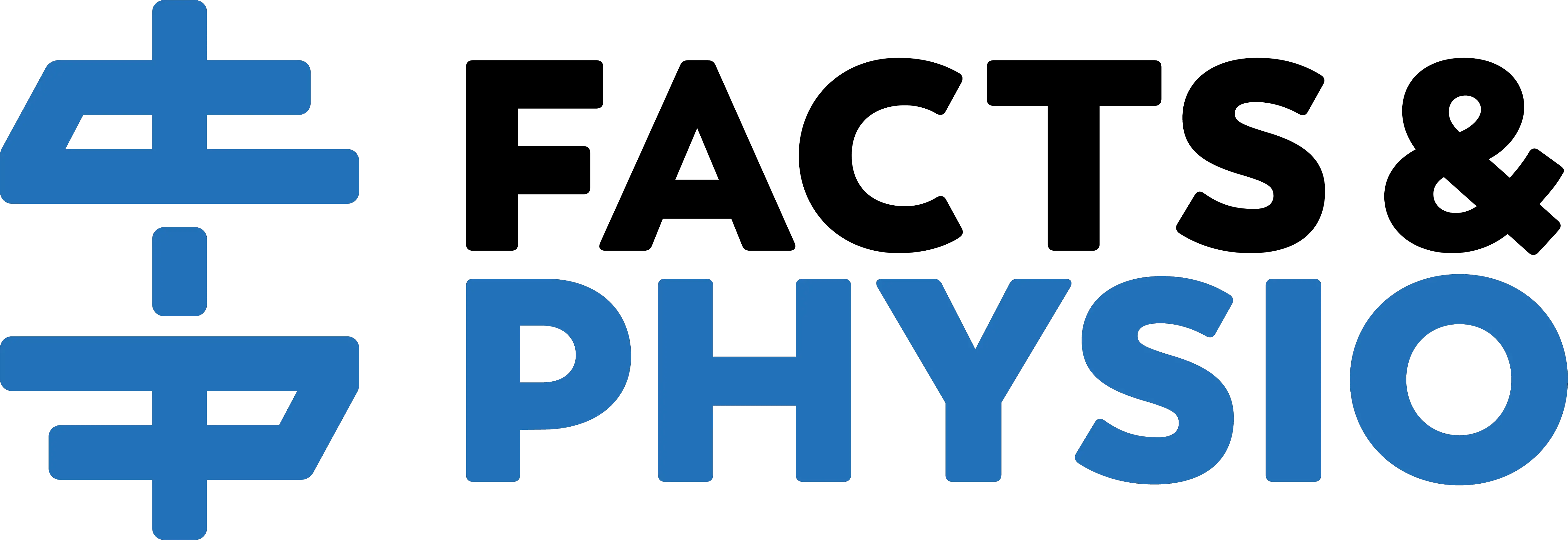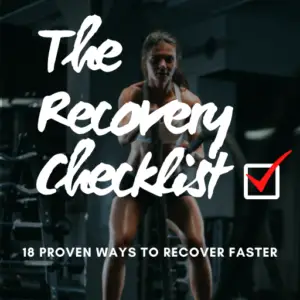Massage therapy isn’t part of my fitness routine.

In this article I’ll explain 3 reasons why I skip massages and whether they should be part of your wellness plan. Let’s jump right in!
1) I’m Too Flexible
Deep, intense massage feels therapeutic for many people. Not me.
My connective tissue is more flexible than average–the medical term is hypermobility. I’m no contortionist, but my extra joint mobility caused knee and hip pain when I played youth soccer.
I even dislocated my elbow as a kid!
Once I got strong, my pain and joint instability subsided. Now, my brain protects my joints from dislocation and injury by tightening the surrounding muscles.
Contrary to popular belief, more mobility isn’t always better. I’m too mobile to begin with, so stretching is a waste of time.
I hate getting poked and prodded. I can’t relax when healthcare providers push and pull my joints and muscles (which happened a lot in physical therapy school). For me, deep tissue work isn’t a soothing experience–my tight, tense muscles make massage particularly painful!
Instead, strengthening the stabilizing muscles around my joints–like my rotator cuff and lumbar multifidus muscles–keeps me healthy and pain-free.
2) Worse Low Back Pain
Low back pain sent me to rehab several times, where poor treatment stalled my recovery.
During physical therapy school (and residency) I learned how to manage my back pain by sitting more comfortably, strengthening my back, and doing the right repeated movements. Now, my back pain is well-controlled.
Unless I get a massage.
Massage makes my back stiffer than a telephone pole. Here’s why:
My lumbar spine is accustomed to moderate muscular stiffness (to counteract my inherent hypermobility). Massage reduces my muscle tone. When my brain realizes the normal spinal stability isn’t there, panic ensues.
In response, all my low back muscles tense up like guitar strings (which isn’t comfortable). I’ve learned the hard way that massage is a roadblock on my path to pain relief.
It’s ironic; my low back can handle a 600 lb deadlift but not a light massage.
3) Opportunity Cost
Massages cost time and money. For many people, it’s worth the investment.
For me, it’s not. I relieve stress and reduce pain through hiking, meditation, and doing physical therapy exercises.
Extra sleep is my favorite (free) stress reliever. The middle of my neck hurts when I don’t sleep enough.
It’s like a built-in stress meter. When I stress too much and sleep too little, my neck hurts. But when I sleep at least 8 hours a night, the neck pain retreats.
I lift a lot (and run a little), so muscle pain is a common occurrence. If I injure a muscle and need a quick recovery, dry needling is my go-to treatment. I also use self-mobilization techniques to treat tight spots in my muscles.
These strategies helped me recover from a latissimus dorsi strain in one week!
Is Massage Right for Me?
Patients ask me this question all the time. It’s the 3rd-most frequently asked question. Right behind “What’s causing my pain?” and “Where is the bathroom?”
Massage therapy isn’t for me, but I frequently recommend it to my patients. I’m a big proponent of hands-on treatment. Whether it’s low back pain or plantar fasciitis, manual therapy amplifies the benefits of active physical therapy interventions.
Physical therapists use manual therapy, including soft tissue mobilization, to alleviate pain and enhance motion. Many physical therapy techniques are similar to massage.
Massage therapy has proven health benefits. These include stress reduction, pain relief, and better quality of life (1). However, a small subsection of people (like me) feel worse after massage.
Massage therapy isn’t for everyone. Precautions include taking blood thinners, severe osteoporosis, infection, and acute injury. Talk with your doctor or physical therapist to see if massage therapy is right for you.
If you’re dealing with a chronic or recurring issue, massage therapy can play a role in your recovery. But relying on passive treatments alone (like massage, cupping, dry needling, manipulation, etc.) is a mistake that can prolong recovery.
Readers: Is massage part of your wellness routine? Why or why not? Share your thoughts in the comments.
For more evidence-based insights you won’t find anywhere else, join the free Facts & Physio Newsletter. Plus, get The Recovery Checklist when you sign up.

